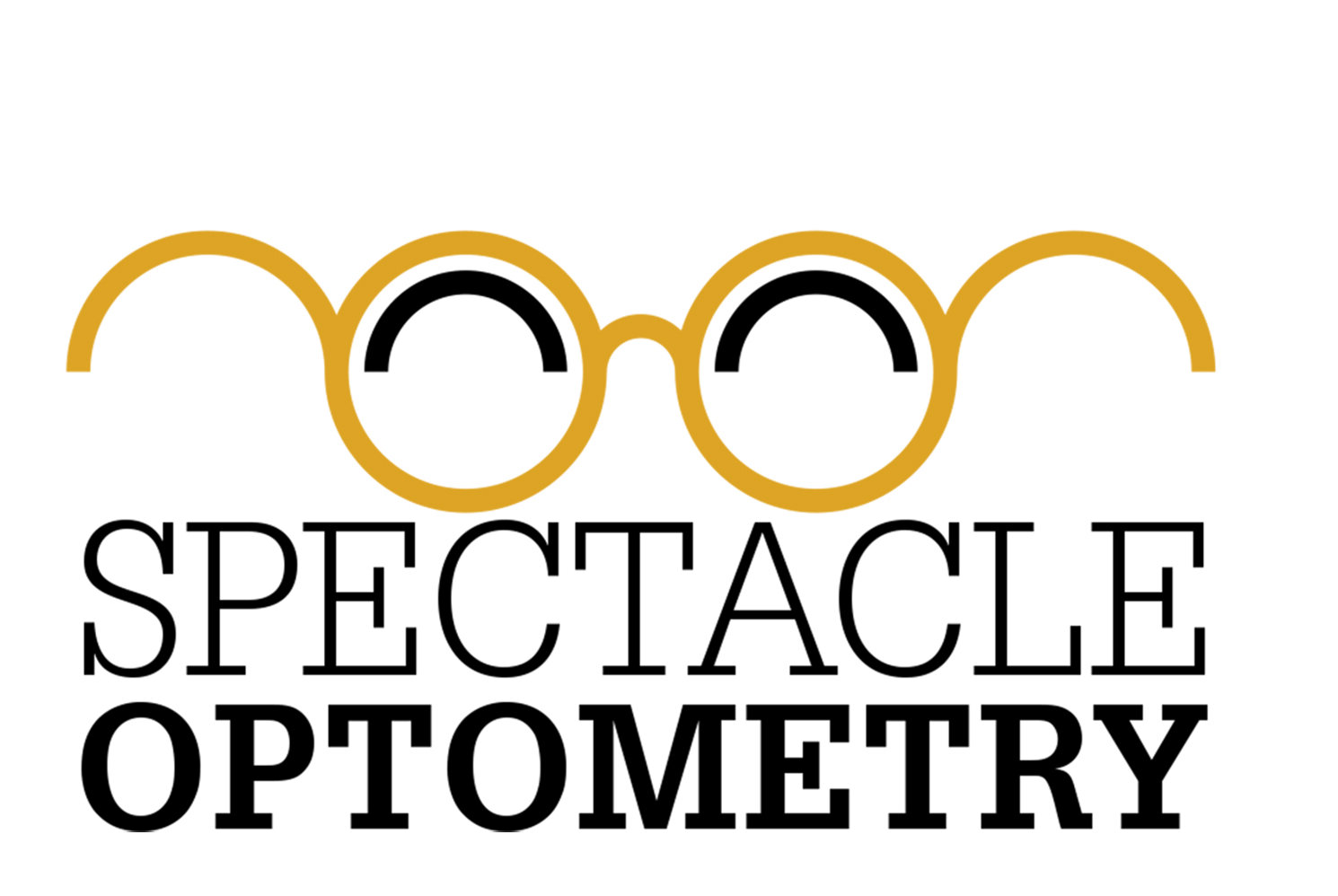A DOG'S VIEW
They say a dog is man’s best friend, but how much do we really know about our “bestie” until we know just how our pooches see the world?! We often take our vision for granted and just assume that dogs see what we see. In actuality, they see things very different from how we do!
Did you know that the average dog can’t see 20/20? Typically, dogs see much closer to 20/75. This means they have to be 20 feet away from something to see it well, whereas someone with normal vision can be 75 feet away from the same object and see it clearly. Technically, different breeds have different acuity capabilities. For instance, labradors that are used as guide dogs can see much more clearer, closer to 20/20 vision. This would explain why some breeds of dogs are better at certain tasks, agility, or are called to be a guide for others!
Dog’s color perception is also different from ours! We have 3 color detecting cells called cones in the back of our retina… one red, one green, and one blue absorbing cone. They each are sensitive to their color-associated wavelengths of light. For instance, long wavelengths are absorbed by the red cones, which allows us to see pigments of red! Dogs, however, lack the long wavelength or red cone. Much like someone with a red/green color deficiency, they have trouble differentiating red hues.
Although their color perception may be lacking, they make up for it in different areas of the retina. We have both cones for color perception and rods for light detection. While we may have more cones than dogs, they vastly outweigh us in the number of rods they have in their retinas! What exactly does this mean? They have better light detection, especially in low-light settings, like dusk and night. This explains why your pouch can make his way clearly to the grass to go potty at night, even if you’re too sleepy to turn on a light for him!
The retina differences don’t stop there though! Dogs, and many other mammals, have a thin layer of the retina called the tapetum lucidum, which shines light back to the retina. Ever seen your dogs eyes glow at night? This is why! The tapetum lucidum is what causes dogs' eyes to glow a bluish green when light shines on them.
If your pup is anything like our Cooper, they are VERY sensitive to motion. A dogs’ critical fusion flicker rate is much better than ours. Humans will think a flickering light at 60 times/second is a steady light, whereas our doggies will notice that flicker until about 75 times/second. This helps dogs spot moving objects, prey, the lizards on the wall, or the mailman much more accurately than we can!
We knew we loved our furry friends, but this just confirms it! We love them even more knowing just how their eyes work, and especially knowing sometimes their eyes can make it even harder for them to see our bright red lips coming at them for smooches!





